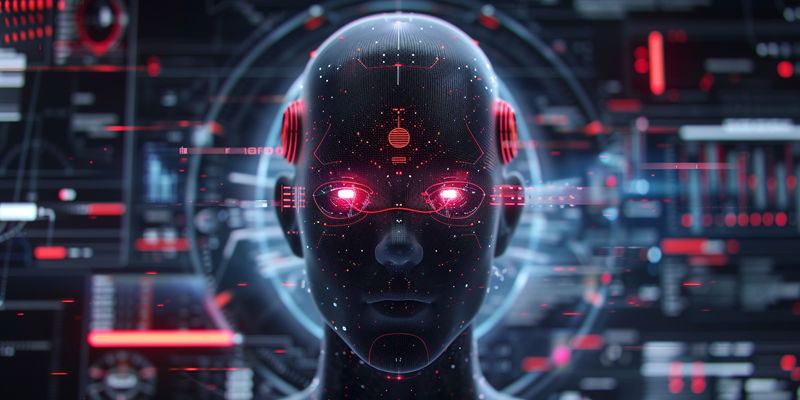A highly sophisticated cyber operation has been revealed, compromising artificial intelligence (AI) research centers across the United States. This campaign, fronted by the elusive entity UNK_SweetSpecter, leverages a malicious software known as SugarGh0st Remote Access Trojan (RAT) to infiltrate organizations involved in cutting-edge AI development.
Dissecting the Attack Mechanism
Understanding SugarGh0st RAT Deployment
The attackers employ an inviting AI-themed lure, dispatching emails with enticing content purposed to deceive recipients into clicking on a zip file. Doing so initiates a JavaScript dropper, marking the first step in a multilayered infiltration process. This strategy mirrors the complexities identified by Cisco Talos, involving a deceptive document that triggers ActiveX to pave the way for an encrypted binary file. Once decrypted, the binary deploys the SugarGh0st RAT, a toolkit for an attacker’s trifecta: exfiltrating sensitive data, managing command and control communications, and performing covert keylogging.
Modus Operandi of UNK_SweetSpecter
Tracking the cyber footprint of UNK_SweetSpecter reveals an evolving command and control framework. Their latest networks employ domains such as accounts.gommask[.]online, building upon previously unearthed infrastructures identified by cybersecurity researchers. This not only demonstrates a capacity for dodging detection but also showcases the group’s persistent campaign to bolster their cyber offensive capabilities and effectively breach targeted systems.
The Bigger Picture of Cyber Threats
Possible Origins and Intentions
Analysts from Proofpoint, assisted by observations in the campaign’s syntactic slip-ups and tactical execution, postulate a probable Chinese connection to the threat actors. This informed speculation aligns with ongoing cybersecurity narratives that often implicate nation-states in attempting to infiltrate strategic technology sectors, seeking a competitive edge in intelligence and technological prowess.
Implications for AI Research Security
The pursuit of AI researchers is far from arbitrary; it paints the picture of a potentially state-backed agenda, especially against the backdrop of U.S. countermeasures to prevent AI technology from flowing into Chinese hands. Although the operation’s state sponsorship has not been definitively ascertained, the targeted nature of the attacks amidst national security concerns suggests that this cyber espionage could be aligned with broader geopolitical strategies.
The Need for Collaborative Cybersecurity
Enhancing Collective Defense Through Partnerships
The collaboration between the Yahoo! Paranoids Advanced Cyber Threats Team and Proofpoint exemplifies the value of strategic partnerships in the realm of cybersecurity. These alliances play a pivotal role in unraveling the complexities of state-of-the-art cyberattacks and enhancing collective defense systems against a backdrop of increasingly sophisticated cyber adversaries.
Adapting to Evolving Cyber Threats
The sophisticated cyberattack orchestrated by the shadowy group known as UNK_SweetSpecter has penetrated American AI research facilities. Its tool of choice: the SugarGh0st Remote Access Trojan (RAT). This cyber intrusion method allows the perpetrators to stealthily breach systems at the forefront of artificial intelligence advancements. Acting as a backdoor, SugarGh0st grants unauthorized control and access over the compromised networks. The targeting of these AI labs suggests a strategic motive, aiming to acquire proprietary research or disrupt the United States’ technological progress. This revelation underscores the evolving threat landscape where the intelligence and research sectors are prime targets for cyber espionage, highlighting the critical need for advanced cybersecurity measures to protect sensitive and high-value data within the realm of AI innovation. The breadth and depth of such attacks accentuate the clandestine nature and sophistication of the adversaries confronting the US tech industry today.

